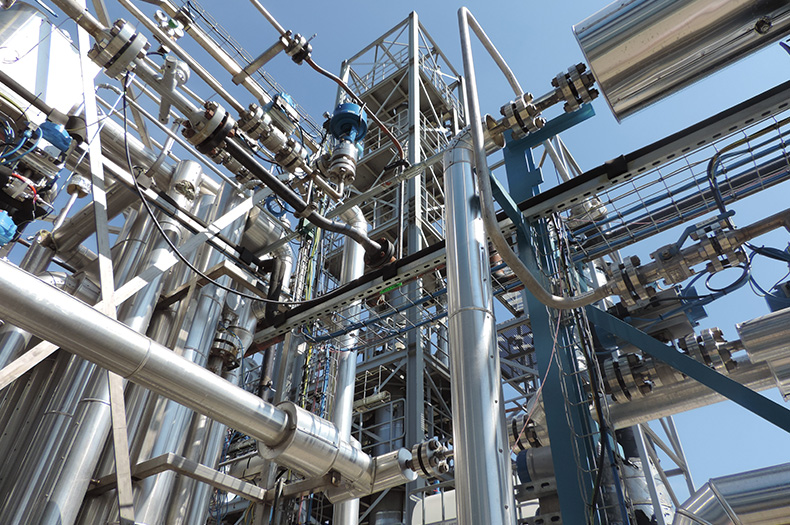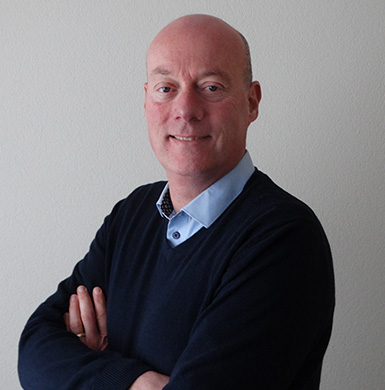Materials and renewable energy in a supercritical combination
Sandvik delivers advanced, seamless stainless steel tubes to the world’s first industrial supercritical water gasifier that will help the Netherlands gearing up for a renewable future.

Supercritical water gasifiers will contribute to a sustainable future. They are supported by Sandvik seamless tubes in stainless steel that can withstand high temperature and pressure.
The Netherlands is facing a huge transition to replace natural gas resources with electricity and other gases, such as green gas (methane) and hydrogen. Sandvik customer SCW Systems has developed a method to produce renewable gas in a sustainable way.
“We develop novel technologies to convert wet organic waste streams into carbon neutral, or even carbon negative, energy carriers. The technology uses the fourth natural phase of water — the supercritical water phase — to split molecules to an almost atom level,” explains Gerard Essing, CEO of SCW Systems. “This largely untapped phase occurs when temperatures reach 375 degrees Celsius and pressure is higher than 221bar.”

Dyon Hermsen, Sales Manager at Sandvik.
Completely renewable
When water is in the supercritical phase, organic substances such as sewage, become extremely soluble. The water becomes a solvent for organic components and a catalyst for a rapid and almost complete conversion of the energy stored in organic components into gas. From this, gas components such as green gas and hydrogen can be stored and used in the same infrastructure as existing gas supplies. As the process uses waste to create hydrogen, it is completely renewable and could help the Netherlands, and the rest of the world, reduce their reliance on fossil fuels.
Together with Gasunie New Energy, SCW Systems has successfully developed, completed and tested the first industrial reactor. Currently the world’s first full demonstration facility (~20MW) is under construction and the production of the industrial supercritical water gasifiers has begun. To make its gasifiers, SCW Systems needed advanced materials that could withstand high temperature and pressure.
“Most steels wouldn’t make the cut. In addition, because the feedstock used during gasification comes from a variety of sources, advanced seamless tubes in a corrosion-resistant material were required”, says Dyon Hermsen, Sales Manager at Sandvik.
After several years of collaborative development and testing, the solution for the gasifiers was Sanicro®, Sandvik grades of nickel alloys and high-alloy austenitic stainless steels. The material used in this specific solution is characterized by its high structural stability, creep strength, and oxidation resistance and has been specifically developed for use at material temperatures up to around 700 degrees Celsius.
“Supercritical water gasification is an important clean energy innovation only if the advanced materials can withstand high pressure and high temperature. The specialists from Sandvik were able to create advanced seamless tubes that meet the challenges of this energy transition technology and support our urgency to act now”, says Essing.
Sandvik continues to work with SCW Systems to support the industrial production of its gasifiers. The future for supercritical water gasification is promising. The Netherlands has set an ambition to produce 2 billion cubic meters of green gas by 2030, of which over 60 percent should be produced by supercritical water technology. Beyond the Netherlands, many countries with an existing gas infrastructure could benefit from the technology.